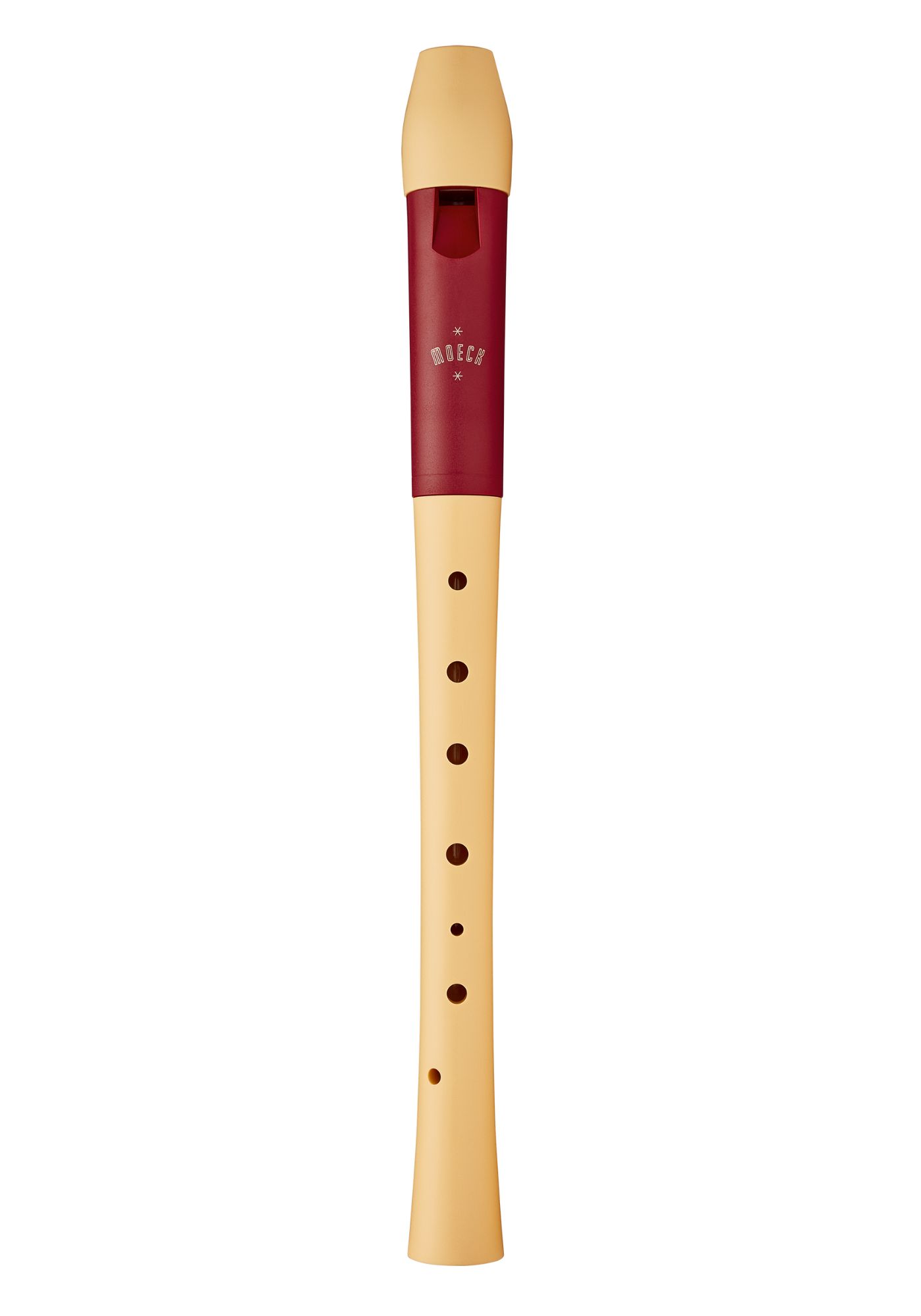
Recorder
in stock
in stock
in stock
in stock
in stock
in stock
in stock
in stock
in stock
in stock
in stock
in stock
in stock
in stock
in stock
in stock
in stock
in stock
delivery time: 7-10 days
delivery time: 7-10 days
delivery time: 7-10 days
delivery time: 7-10 days
delivery time: 10-14 days
Recorder: the versatile woodwind instrument for young and old
Why the recorder is an ideal instrument
Versatility: From Renaissance and Baroque music to modern music - the recorder can be used universally.
Transportable: Light, handy and easy to take with you.
Inexpensive to buy: There are models to suit every budget.
Choosing the right recorder
Materials
Plastic: Easy to care for, robust and inexpensive - ideal for beginners and children.Wood: High-quality sound, authentic and warm - particularly suitable for advanced players.
Sizes and types
Soprano recorder: Perfect for beginners.Alto recorder: For advanced players and baroque music.
Tenor and bass recorders: For ensembles and lower registers.
The structure of the recorder
Headjoint: Contains the labium, which provides the typical tone.
Middle joint: This is where the finger holes for tone production are located.
Foot joint: Controls the fine tuning of the sound.
Note the fingering
German fingering: Easier to use, ideal for beginners.Baroque fingering: More precise intonation, suitable for advanced playing.
Differences between German and baroque fingering on the recorder
1. finger holes and tone production
Baroque fingering: The fifth hole is larger than the fourth hole. More exact intonation, especially on half notes, which makes it preferable for advanced playing and ensembles. Some fingerings, such as the low F, are more difficult and require more technique.
2. Sound
Baroque fingering: Precise and clear sound, especially for more complex pieces. More suitable for baroque music and demanding playing techniques.
3. Target groups and areas of use
Baroque fingering: Standard for advanced players and professional musicians. Preferred in historical performance practice, as many baroque pieces were written for this fingering.
Which system is better?
- Beginners and children: often benefit from the simple German fingering to quickly achieve their first sense of achievement.
- Advanced players: should prefer the baroque fingering, as it is musically more versatile and precise. Many musicians recommend switching to baroque fingering after learning the basics, as it offers more possibilities in the long term.
Tips for getting started
- Control blowing pressure: Play with light breath pressure to keep the sound clean.
- Practice regularly: 15-20 minutes of practice every day is enough to make progress.
- Learn fingerings: Use fingering diagrams and start with simple scales.
Care of the recorder
Drying: After playing, clean with a wiper to remove moisture.
Oiling: Regular oiling (e.g. with almond oil) protects the wood and preserves the sound.
Do not overstress: New wooden recorders should only be played for a few minutes at first to avoid cracks.
Plastic recorders
Cleaning: Wash with warm water and mild detergent.
Observe hygiene: Particular attention should be paid to regular cleaning, especially with children's instruments.
The history of the recorder
5 frequently asked questions about the recorder
Yes, it is easy to learn and does not require a complicated technique.
What size should I choose?
The soprano recorder is ideal for children and beginners.
How do I clean a recorder?
Plastic recorders can be cleaned with water, wooden recorders need a drying cloth or wiper.
Which material is better - wood or plastic?
Wood offers a better sound, plastic is easier to clean.
Which recorder is suitable for advanced players?
Advanced players often choose the alto recorder or experiment with tenor and bass recorders.
Why buy from Schagerl?
In-house workshop: Professional advice and repair service.Large selection: From beginner flutes to high-quality models made from fine woods.
Trained specialists: Expert advice for all requirements.
Wide range of accessories: From care products to sheet music.
























